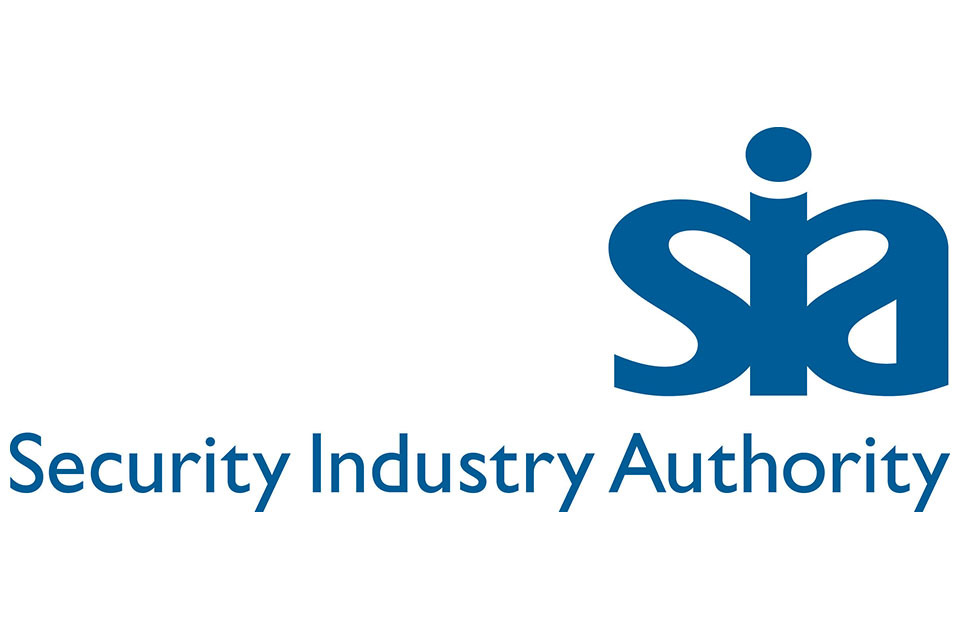Your basket is currently empty!
As we head into 2024, the Security Industry Authority (SIA) has outlined key megatrends that are expected to shape the security landscape in both the short and long term. These trends are informed by technological advancements, particularly in artificial intelligence (AI), and shifting business priorities as organizations strive for greater efficiency and adaptability.
1. Artificial Intelligence (AI) Dominance
AI continues to lead the charge in the security sector. For 2024, the SIA highlights the following major AI-driven trends:
- Security of AI: The intersection of AI and cybersecurity is becoming critical. As AI becomes more integral to security operations, ensuring its robustness and safety is paramount. This includes protecting AI systems from cyber threats while using them to enhance overall security infrastructure.
- Visual Intelligence: Moving beyond traditional video surveillance, AI-powered visual intelligence systems are providing smarter, more dynamic ways of monitoring environments. These systems can detect and interpret behavior patterns, improving real-time decision-making.
- Generative AI: The rise of generative AI, such as ChatGPT, is poised to revolutionize the industry by enhancing operational strategies, automating complex tasks, and enabling more efficient communication.
- AI Regulation: With AI playing an ever-increasing role, regulation has become crucial. In both the U.S. and Europe, legislative bodies are enacting measures to govern AI usage, ensuring that its implementation is ethical and safe(SourceSecurity)(Security Today).
2. Foundational Trends in Security
Several long-standing trends have now become structural components of the security industry. These include:
- Cybersecurity: As cyber threats become more sophisticated, the need for robust cybersecurity measures has intensified. AI is expected to play a key role in bolstering these efforts.
- Workforce Development: With the security industry becoming more tech-driven, there is an increasing demand for skilled professionals who can work with advanced security technologies. Workforce training and development are critical to meeting this demand.
- Sustainability and Global Tensions: Security companies are also focusing on sustainability initiatives and the impact of global geopolitical tensions, which are influencing security strategies across the world(Security Today).
3. Security as a Service (SaaS)
Another growing trend is the shift towards delivering security solutions via cloud-based platforms, often referred to as Security as a Service (SaaS). This model allows businesses to access advanced security features on a subscription basis, providing them with flexibility, scalability, and cost efficiency. SaaS solutions are increasingly popular for organizations looking to reduce infrastructure overhead while enhancing security measures(
Security Industry Association).
4. Market Resilience and Optimism
Despite global economic and political challenges, the security industry remains optimistic about its future. According to the latest Security Market Index (SMI) survey, over 70% of security industry leaders report positive business conditions for 2024, highlighting the resilience of the sector. As companies continue to invest in cutting-edge security solutions, the industry is set to thrive in the coming year(
Security Industry Association).
Conclusion
The SIA’s 2024 forecast reveals an industry that is both dynamic and resilient, with AI at the forefront of technological advancement. The growing focus on AI regulation, cybersecurity, and workforce development, coupled with the flexibility offered by SaaS models, suggests that the security industry is well-prepared to face the challenges and opportunities ahead. Staying informed about these trends will be essential for businesses looking to remain competitive and secure in an ever-evolving landscape.
By keeping pace with these emerging trends, security professionals can position themselves to lead in a rapidly changing industry.

